Denmark is home to a thriving goat farming industry, with goats raised for their milk and meat. Goat farming in Denmark is highly efficient and sustainable, with farmers using innovative techniques to produce high-quality milk and meat products. Goats are relatively easy to care for and require less land than other livestock animals.
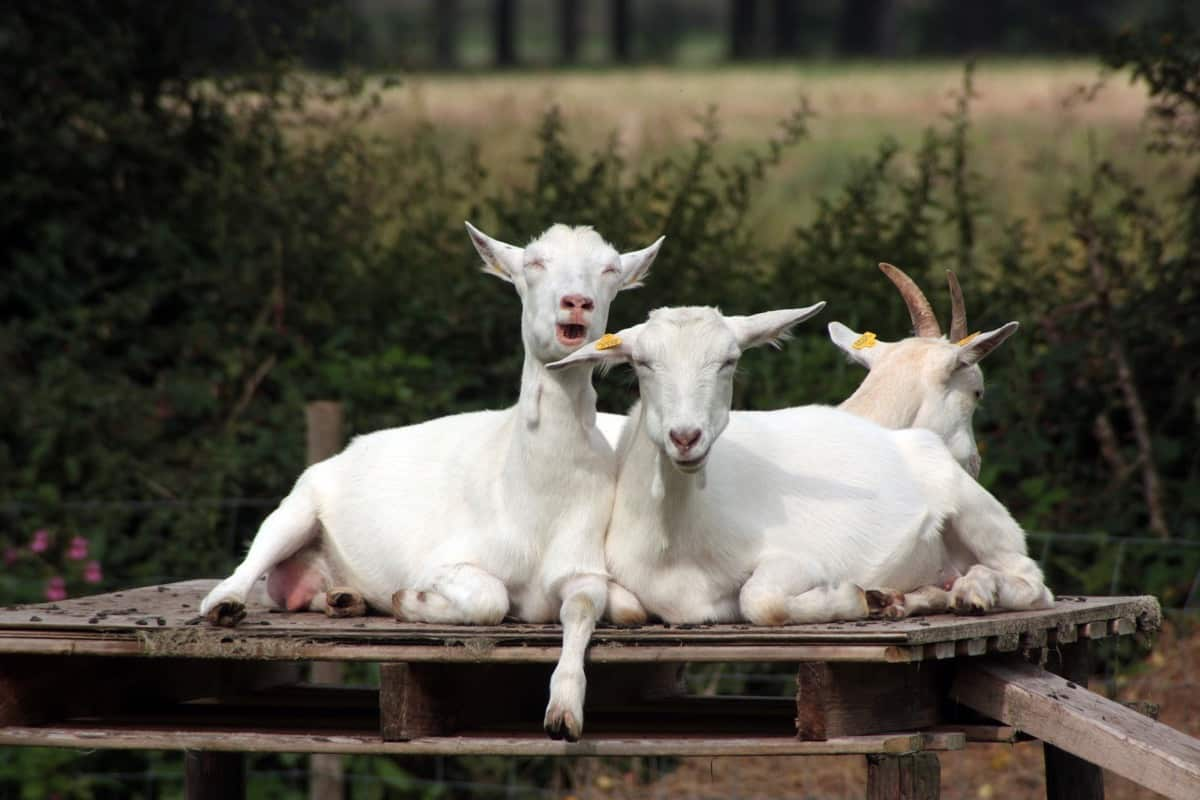
Key rules to start Goat farming In Denmark
Goat farming importance in Denmark
- Goat farming is an important part of the Danish economy. Goats are raised for their milk, meat, and fiber. Goat milk is a valuable source of human nutrition and is beneficial for health.
- Goats are easy to care for and require little space. As a result, they are well-suited to the climate and terrain of Denmark. Danish goat farmers have a long history of successful goat husbandry. Today, there are more than 200 goat farms in Denmark, with a herd of about 12,000 goats. Another benefit of goat farming is that goats require less water than other types of livestock. They can extract more moisture from their food and so need less water. This makes them well-suited to farming in areas with limited water resources.
- Goats also have a higher disease resistance than many other livestock types. This means they are less likely to succumb to illnesses and require less treatment. This reduces the overall cost of goat farming.
Is goat farming profitable in Denmark?
Yes, goat farming can be profitable in Denmark. Many factors consider for determining whether goat farming is right for you and your family. The cost of feed, housing, and veterinary care are important considerations. In addition, the price you can get for your goats’ milk and meat will play a role in your profitability.
In case you missed it: Key Rules to Start Pig Farming in Denmark: Business Plan, Breeds, Setup Cost, Proft, and Management
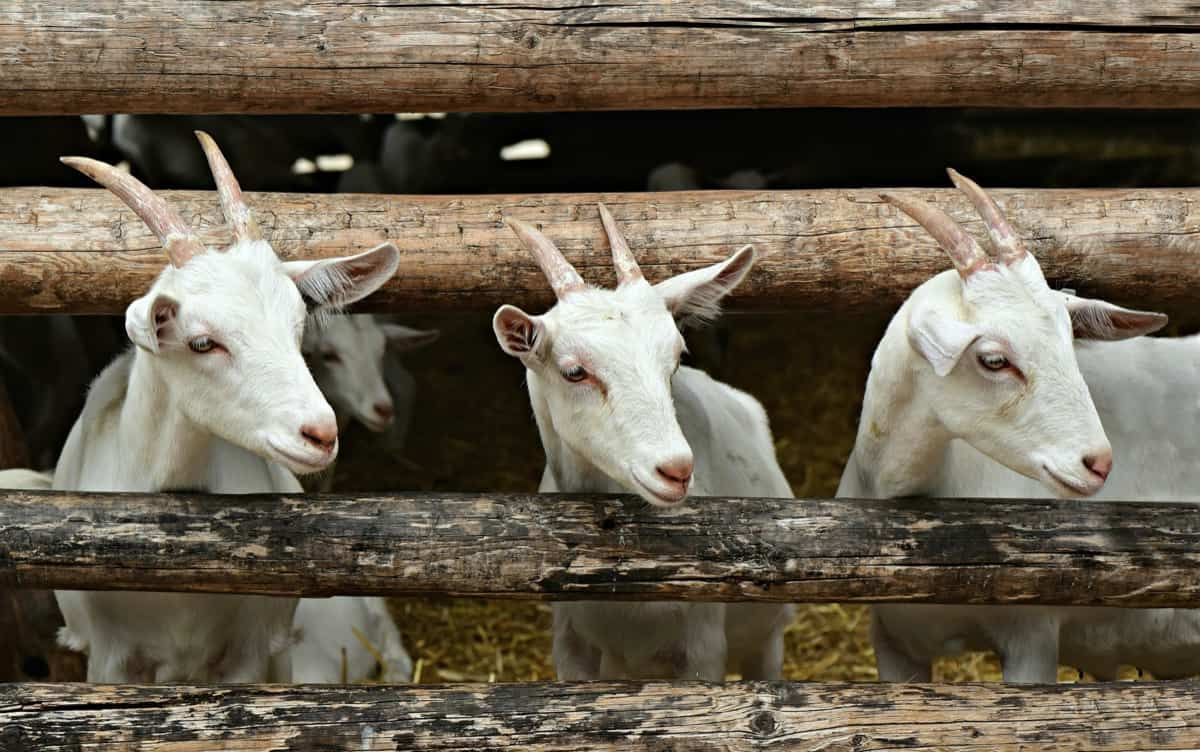
Where is goat farmed in Denmark?
Goats are farmed in Denmark primarily for their milk, which is used to make cheese and other dairy products. Denmark has approximately 200 goat farms, most of which are in the Jutland peninsula. Denmark’s most popular goat farming states include Jutland, Funen, Zealand, and Bornholm.
Goat farming types in Denmark
- Dairy Goats – These are the most common goat farmed in Denmark. They are used for milk production and can provide up to 2-3 gallons per day. Dairy goats require a high level of care and must be milked twice daily.
- Meat Goats – These are typically larger than dairy goats and are grown for their meat. Goat meat is lean and nutritious, making it a popular choice for those looking for an alternative to traditional red meats.
- Fiber Goats – These are bred for their fiber, which can be used to make clothing, yarn, and other textiles. Fiber goats require less grooming than other goats, as their hair does not need to be kept clean and free of debris.
- Pet Goats – These are becoming increasingly popular as pets due to their friendly nature and low maintenance needs.
Goat breeds in Denmark
Some popular breeds include the Danish Landrace, the Alpine, and the Saanen. The Danish Landrace is a medium-sized breed known for its high milk production. The Alpine is a larger breed good for milk and meat production. The Saanen is a smaller breed known for its high milk production.
In case you missed it: Key Rules to Start Poultry Farming in Denmark: Business Plan, Breeds, Setup Cost, Profit, and Management
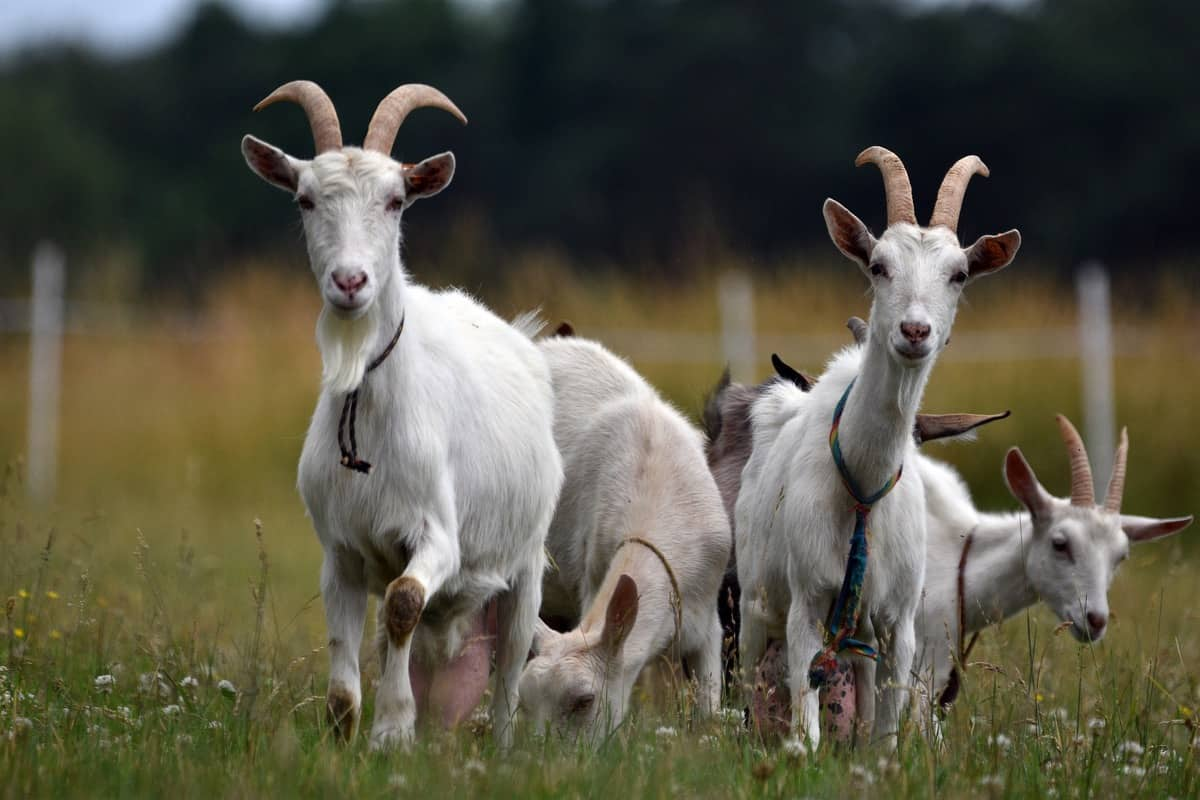
Goat feeding management in Denmark
- It is based on pasture grazing and crop rotation principles. Goats are allowed to graze on a pasture for a set period, then the pasture is rested, and a new crop is grown. This cycle is repeated throughout the year, ensuring that the goats have a constant supply of fresh food.
- In addition to grazing, goats in Denmark are also fed hay and silage. Hay is typically fed in the winter when less grass is available. Silage is made from fermented crops and is used as supplemental feed during the grazing season.
- The key to successful goat-feeding management in Denmark is careful planning and execution. By rotating pastures and supplementing with hay and silage, farmers can ensure that their goats always have access to nutritious food.
Goat house design in Denmark
Designing a goat house in Denmark requires careful consideration of the local climate and the specific needs of goats. Goats are social animals and need space to roam, so the house should have plenty of room to move around. The floor should be made of non-slip material, and there should be plenty of ventilation to prevent the build-up of odors. The walls should be insulated to protect against the cold winters.
Steps to start Goat farming business plan in Denmark
- Do your research: Before you start any business, it is important to do your research. This includes learning about the goat industry, the market, and the competition.
- Write your business plan: Once you have done your research, it is time to write it. This document should detail your goals, strategies, and financial projections.
- Find funding: To start your goat farm, you will need funding. Several options are available, including loans, grants, and investment capital.
- Choose a location: When selecting a location for your goat farm, there are several factors to consider, such as climate, terrain, and availability of resources.
- Build housing and other structures: Once you have chosen a location for your farm, you will need to build housing and other structures for the goats. This includes fences, pens, barns, and shelters.
- Purchase goats: The next step is to purchase goats for your farm. You will need to choose the right breed for your climate and purpose.
Goat farm care
- The goats are typically kept in large herds, and the farmers take great care to ensure that their herds are healthy and well-fed. Goats are generally healthy animals, but they can sometimes be susceptible to diseases such as pneumonia, so farmers need to check their health regularly.
- Goats are susceptible to many diseases, so farmers must vaccinate their herds against common illnesses. They should also regularly check the goats for signs of illness and consult a veterinarian if they have any concerns.
- Good husbandry practices are essential to keeping a goat farm in Denmark healthy and productive. By following these guidelines, farmers can ensure that their goats will live long, healthy lives.
- Goats must be fed a balanced diet of hay, fresh vegetables, and pellets or grain. They also need access to clean water at all times. In addition, you will need to regularly care for your goats by providing them with basic health care and grooming.
- The primary concern when caring for a goat farm in Denmark is to keep the goats healthy and free from disease. Farmers must provide clean housing, fresh water, and nutritious food to do this. They must also keep the goats’ environment clean and free of debris.
In case you missed it: How to Start Greenhouse Farming in Denmark: Business Plan, Key Rules, Setup Cost, and Profit
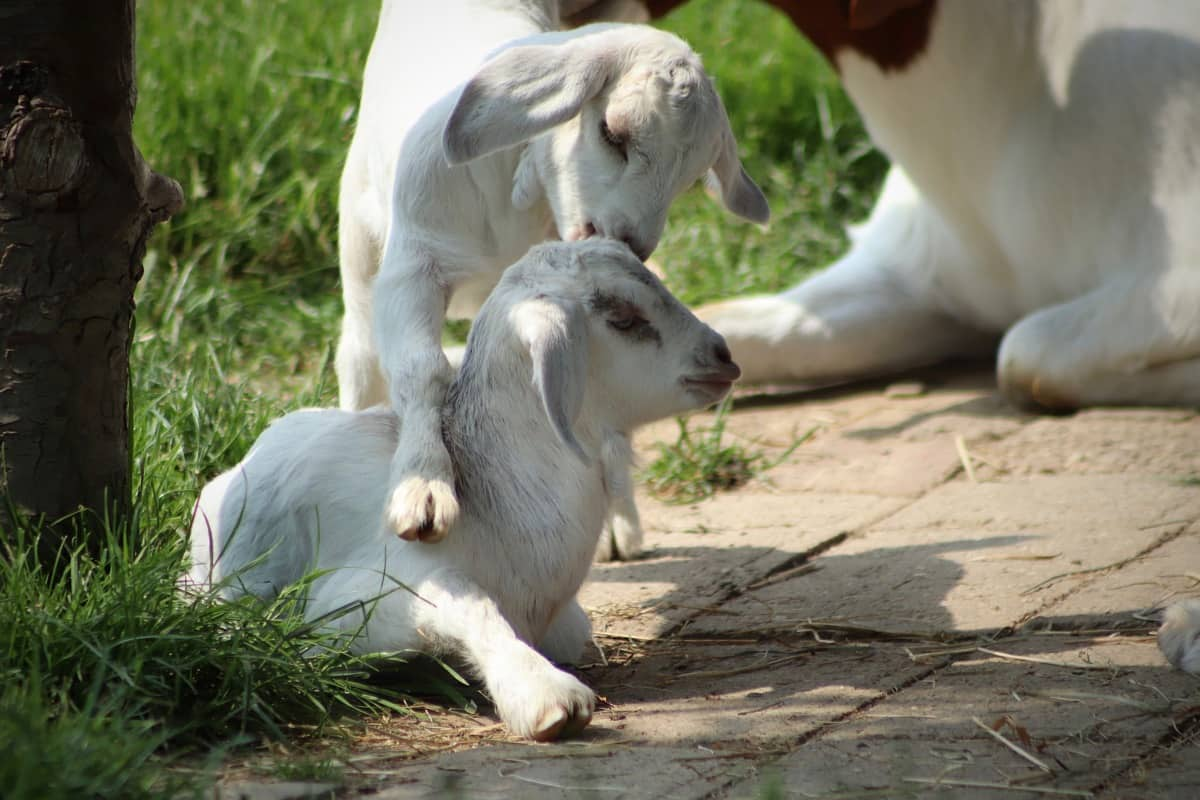
Goat farming set-up cost in Denmark
The set-up cost for goat farm in Denmark change depending on the size and type of operation, but it is generally around Kr. 2,500. This includes buying goats, feed, fencing, and other necessary supplies.
Key rules to start goat farming in Denmark
- Please choose the right breed: There are many different breeds of goats, each with its unique characteristics. Do research to find the right breed for your desired purpose: milk production, meat production, or simply as a pet.
- Find a good location: Goats need plenty of space to roam and graze. If you have the space, consider raising goats on your property. Otherwise, look for a farm or ranch that rents pasture land for goat grazing.
- Get the necessary supplies: In addition to fencing and shelter, you will need food and water containers, hay, straw, and other supplies. Check your local feed or agricultural supply store to find everything you need.
- Set up the fence: Ensure your fence is tall and secure enough to keep your goats contained.
- Build or buy shelter: Goats need a place to stay dry and cool in hot weather and warm in cold weather. You can build a simple shed yourself or purchase one from a farm supply store.
Goat farming loans and subsidies in Denmark
Obtain a License to Farm Animals from the Danish Veterinary and Food Administration. This license is necessary for all commercial farms in Denmark, regardless of the type of animals being raised. It is a popular form of agriculture in Denmark, and the government offers many financial incentives to encourage farmers to pursue this industry. One of Denmark’s most valuable goat farming subsidies is the loan program. This program offers low-interest loans to farmers who want to start or expand their goat herds.
The interest rates on these loans are much lower than those offered by commercial banks, making it easier for farmers to afford the costs of goat farming. Another subsidy that Danish goat farmers can take advantage of is the grant program. This program provides grants to farmers who want to improve their goats’ health and welfare. The grant amounts vary depending on the project, but they can be very helpful in offsetting the costs of Goat farming.
The government provides numerous incentives and subsidies to support this industry, helping farmers expand their operations and boost their profits. With an increasing demand for goat meat and milk products among consumers in Denmark, there are great possibilities for entrepreneurs who want to venture into this business opportunity. Successful goat farming can be achieved in Denmark with proper knowledge of the market dynamics, efficient management techniques, and access to quality feed resources.
In case you missed it: Key Rules to Start Organic Farming in Denmark: Business Plan, Cost, Profit, and Management
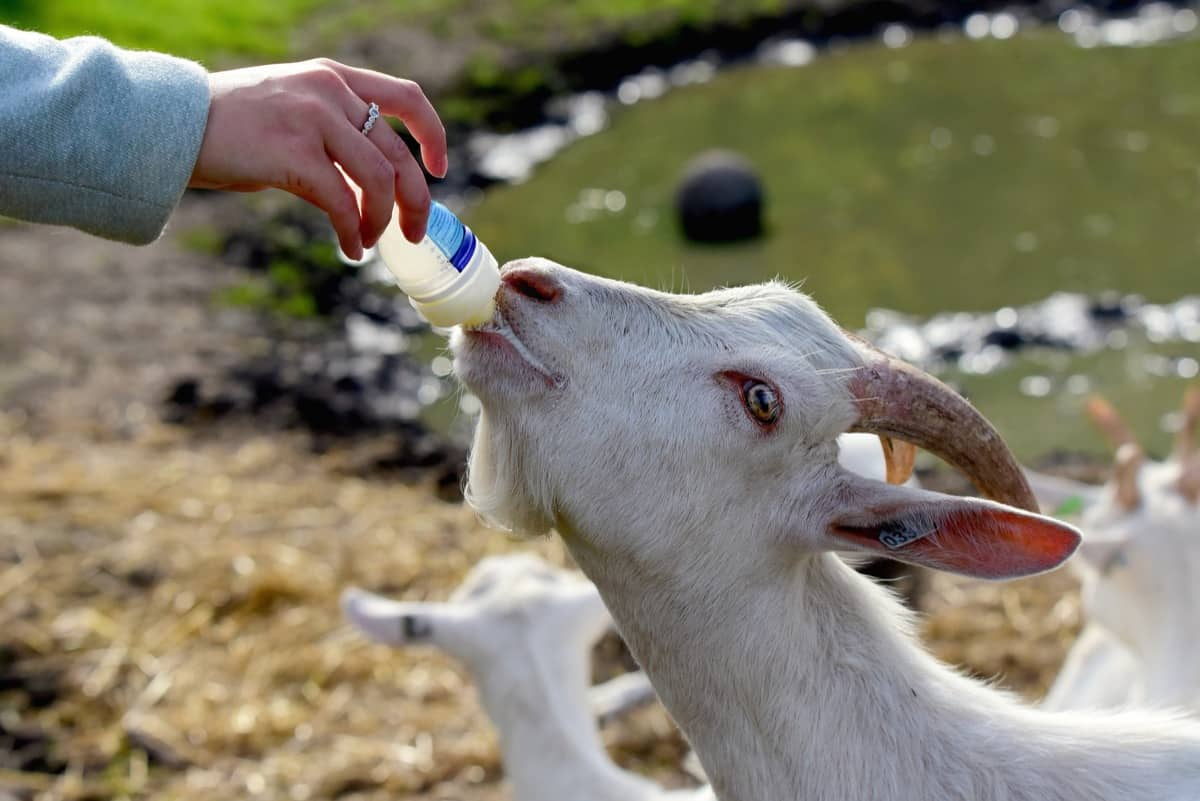
Goat farming problems in Denmark
- The cost of feed and hay – Goats need a good diet to stay healthy and produce milk like any other animal. Unfortunately, the cost of feed and hay can be quite high, particularly during the winter months.
- The weather – Due to Denmark’s northern location, the winters can be long and harsh. This can make it difficult to keep goats outdoors, resulting in lower milk production.
- Disease – Just like any other animal, goats can fall prey to various diseases and illnesses. This is why it’s important to have a good vet who can provide the necessary treatment.
- Predators – Unfortunately, many predators, such as foxes and wolves, see goats as easy targets. This can result in animals being killed or injured, which is very upsetting for farmers.
Challenges faced by Denmark goat farmers
One of the biggest challenges goat farmers faces in Denmark is the lack of available grazing land. With the country’s small size and high population density, there is not enough land to support many goats. This has led to many farmers having to keep their herds indoors, which can be costly and challenging.
Another challenge faced by Danish goat farmers is the long, cold winters. Goats are relatively hardy animals, but they still need access to shelter and warmth during the winter months. This cannot be easy to provide on a large scale, leading to increased costs for farmers. There are several challenges that Goat farmers face, but with proper planning and management, these can be overcome.
Despite these challenges, goat farming in Denmark is still a viable industry with a bright future. Thanks to the high demand for goat milk and cheese in Europe, the sector has good potential for growth. With proper planning and management, Danish goat farmers can overcome challenges and continue producing high-quality products for their customers.
In case you missed it: Growing Carrots Organically in Punjab: Cultivation Practices and Production Management
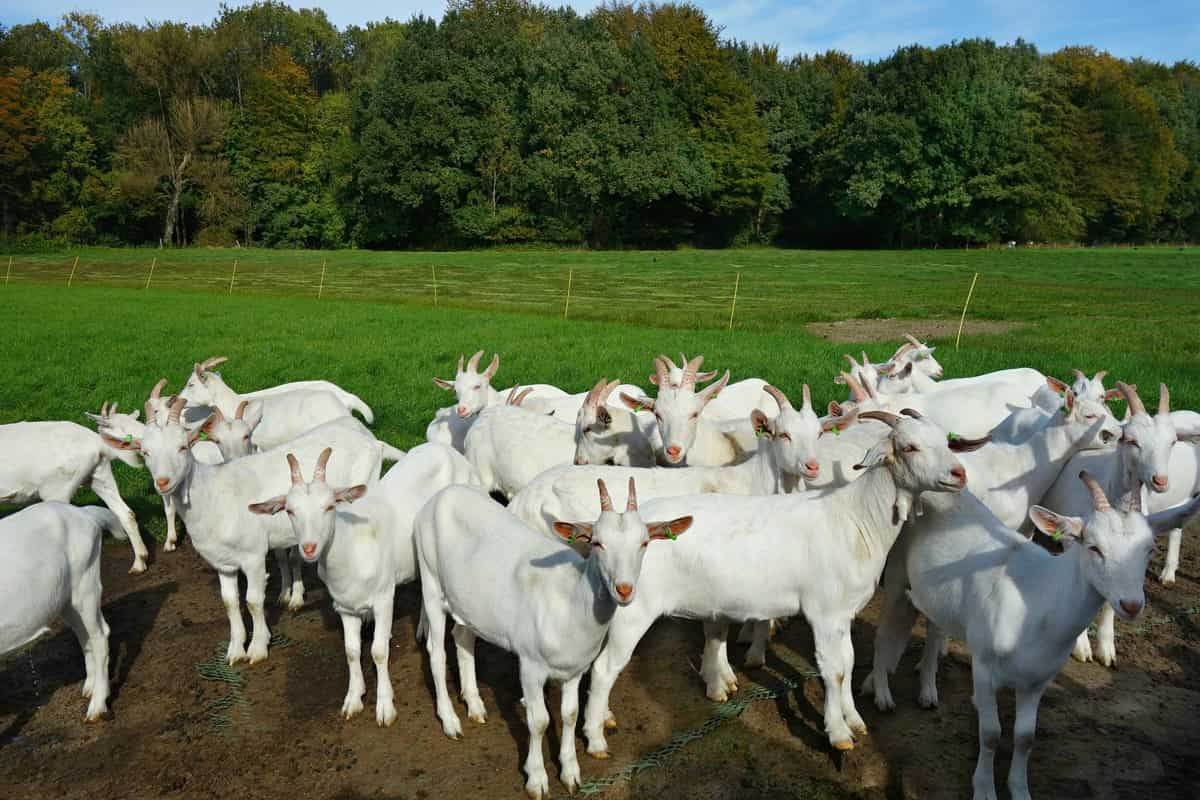
Conclusion
Goats have become an important part of agricultural production in Denmark. In recent years, goat farming has steadily increased due to the growing demand for goat milk, cheese, and other goat-related products. Goat farming in Denmark is known for its high animal welfare and sustainability standards.
- Types of Pesticides Used in Agriculture: A Beginner’s Guide
- Economical Aquaculture: A Guide to Low-Budget Fish Farming
- 15 Common Planting Errors That Can Doom Your Fruit Trees
- How to Make Houseplants Bushy: Effective Tips and Ideas
- Innovative Strategies for Boosting Coconut Pollination and Yield
- Pollination Strategies for Maximum Pumpkin Yield
- The Complete Guide to Chicken Fattening: Strategies for Maximum Growth
- Natural Solutions for Tulip Problems: 100% Effective Remedies for Leaf and Bulb-Related Issues
- Revolutionizing Citrus Preservation: Towards a Healthier, Greener Future
- Natural Solutions for Peony Leaf and Flower Problems: 100% Effective Remedies
- Maximizing Profits with Avocado Contract Farming in India: A Comprehensive Guide
- Natural Solutions for Hydrangea Problems: 100% Effective Remedies for Leaf and Flowers
- The Ultimate Guide to Choosing the Perfect Foliage Friend: Bringing Life Indoors
- From Sunlight to Sustainability: 15 Ways to Use Solar Technology in Agriculture
- The Ultimate Guide to Dong Tao Chicken: Exploring from History to Raising
- The Eco-Friendly Makeover: How to Convert Your Unused Swimming Pool into a Fish Pond
- Mastering the Art of Delaware Chicken Farming: Essentials for Healthy Backyard Flocks
- 20 Best Homemade Fertilizers for Money Plant: DIY Recipes and Application Methods
- How to Craft a Comprehensive Free-Range Chicken Farming Business Plan
- Brighten Your Flock: Raising Easter Egger Chickens for Beauty and Bounty
- How to Optimize Your Poultry Egg Farm Business Plan with These Strategies
- Subsidy for Spirulina Cultivation: How Indian Government Schemes Encouraging Spirulina Farmers
- Ultimate Guide to Raising Dominique Chickens: Breeding, Feeding, Egg-Production, and Care
- Mastering the Art of Raising Jersey Giant Chickens: Care, Feeding, and More
- Ultimate Guide to Raising Legbar Chickens: Breeding, Farming Practices, Diet, Egg-Production
- How to Raise Welsummer Chickens: A Comprehensive Guide for Beginners
- How to Protect Indoor Plants in Winter: A Comprehensive Guide
- Ultimate Guide to Grow Bag Gardening: Tips, Tricks, and Planting Ideas for Urban Gardeners
- Guide to Lotus Cultivation: How to Propagate, Plant, Grow, Care, Cost, and Profit
- Agriculture Drone Subsidy Scheme: Government Kisan Subsidy, License, and How to Apply Online
- Ultimate Guide to Raising Araucana Chickens: Breed Profile, Farming Economics, Diet, and Care
- Bringing Hydroponics to Classroom: Importance, Benefits of Learning for School Students
- Ultimate Guide to Raising Polish Chickens: Breed Profile, Farming Economics, Diet, and Care
- Ultimate Guide to Raising Australorp Chickens: Profile, Farming Economics, Egg Production, Diet, and Care
- Silkie Chicken Farming: Raising Practices, Varieties, Egg Production, Diet, and Care
- Sussex Chicken Farming: Raising Practices, Varieties, Egg Production, Diet and Care